FiCycle Lesson: Buy Now Pay Later
Teaching Students About Buy Now Pay Later
Buy Now Pay Later (BNPL) has grown in popularity over the last few years. Various forms of deferred payment in installments have been available since ancient times. The unique feature of these programs this time around, beginning around 2015, is the use of a third-party firm to provide the installment financing, generally with no interest charge and sometimes with no late payment charge. BNPL can be used as an alternative to the use of credit cards, which charge an interest rate on unpaid balances, as an alternative to using current cash balances to make a purchase, or as an alternative to deferring purchase until savings are increased. Traditionally, layaway plans were used to help customers save for large purchases and holiday shopping, but their use has declined significantly.
According to Capital One*:
Nearly 1 in 5 American consumers used Buy Now, Pay Later (BNPL) in 2023.
- Consumers primarily use BNPL for smaller transactions with an average loan size of $135.
- On average, BNPL users have borrowed $2,085 across all their BNPL purchases.
- The typical BNPL purchase requires a 25% down payment and has 0% interest over the six-week repayment period.
Given the small dollar amounts and the low or near zero interest rates, BNPL has a limited direct impact on the consumers’ long-term financial situation. Evaluation of BNPL, therefore, should focus on how it changes a consumer’s approach to spending and saving. If payments are made on time, both the costs and benefits of BNPL are limited on a present value basis. However, missed payments or overdrawing the account used to make the BNPL can have significant consequences.
The purpose of this document is to help teachers guide students through thinking about the consequences of using BNPL. These questions are intended to help start discussions, and the provided commentary in the Teacher Copy is intended to aid teachers in facilitating those discussions. It is not expected that students would arrive at certain understandings on their own.
DOWNLOAD THE BNPL LESSON
To receive the free lesson, please fill out the form below.

